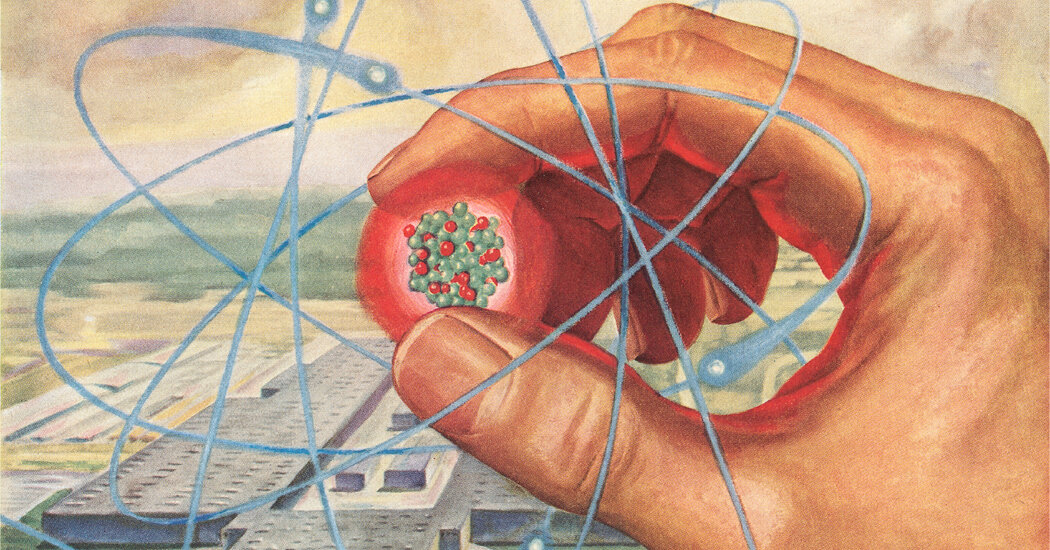“There’s plenty of space at the bottom.” So proclaimed the physicist Richard Feynman in 1959, heralding the new field of nanophysics, the study of the very, very small.
Feynman’s dictum kept running through my head last week after the Nobel Prize in Physics was awarded to three scientists who figured out how to produce bursts of laser light only one-millionth of one-trillionth of a second long — fast enough to track the movements of electrons in a chemical reaction.
The following day the Nobel Prize in Chemistry went to three scientists who learned how to assemble atoms into quantum dots, clumps so tiny that they are considered to have no dimension at all.
The awards served as a reminder of how divorced we humans are from the scale at which the most important processes in nature unfold.
I’ve spent much of my career writing about things on the largest scale, notably the cosmos, in which time is measured in centuries and distance in light-years, each light-year spanning 6 trillion miles. The life cycles of stars are measured in the millions or billions of years. According to some estimates, black holes may hang around, ravenously consuming, for a googol — 10^100 years.
Atoms, however, are measured in fractions of a nanometer — about three-millionths of an inch. According to my colleague Carl Zimmer, there are a billion billion billion atoms in my body, bundled into about 37 trillion cells that do all the work of keeping me alive and conscious.
And chemical reactions are measured in attoseconds; it’s safe, yet fraught, to say that there could be as many as a million trillion chemical reactions happening every second in each of the 37 trillion cells that are me. To say “I contain multitudes” is a whopping understatement.
The numbers makes me dizzy, and tired. How is it possible to keep track of so much, happening so fast, and all of it subject to the quantum mechanics, the house rules of the extremely small, by which anything can be anywhere until you measure it?
Quantum accidents happen all the time. Why haven’t I simply vanished into a quantum fizz like Schrodinger’s cat, both dead and alive at the same time? I can only conclude that there is safety and stability in the astronomical numbers of which we are composed. Perhaps the large numbers constitute a bulwark against quantum uncertainty. So I am here — I think.
We humans are so stuck in the middle of the cosmic scales — in average height, one-septillionth (10^-24) the size of the universe, and with an average life span of an octillion attoseconds. And an attosecond is an eternity compared with the lifetime of the elusive Higgs boson, a subatomic particle that exists for one-thousandth of an attosecond before decaying.
According to astrophysicists, one of the most exciting and fundamental events in the universe, known blandly as inflation, took only one-hundredth of a quectosecond (10^-32 of a second) after time began to shape space-time and the particles and forces that would inhabit it.
As Dr. Feynman noted, there are still shorter scales of time and distance to go before we reach the ultimate limits imposed by quantum physics: the Planck length, 10^-33 of a centimeter, and the Planck time, 10^-43 of a second. Both are named for the German physicist Max Planck, who made the breakthrough that led to quantum mechanics.
With more energy, money and ingenuity, science might complete the voyage through inner space to these limits, even as we reach for the stars. The world beneath and inside our fingernails may yet be as exciting and dramatic as the vista that unfolds every night above us.











